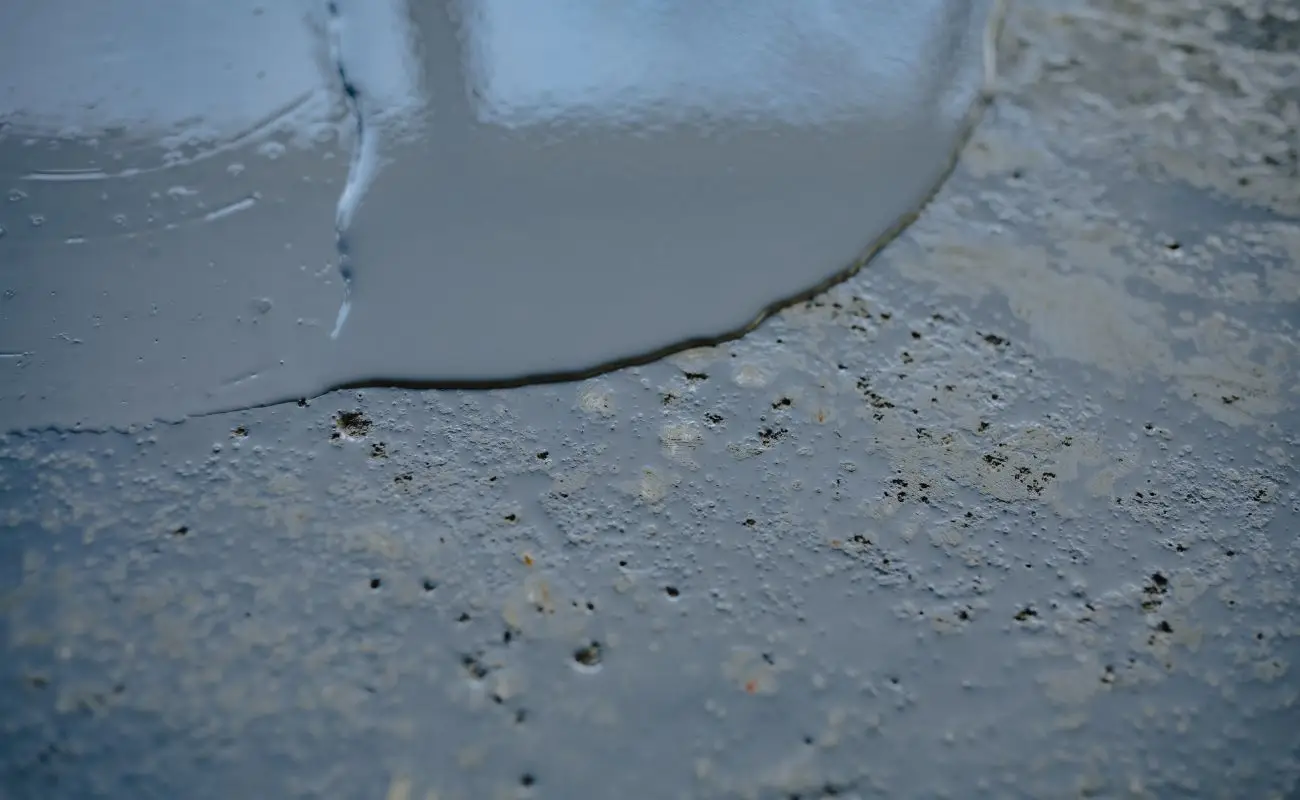
Table of Contents
A Vibrant Beginning: Why Epoxy Floors Make Sense
You might be ready for a floor that is both stylish and tough, and that’s where the best types of epoxy flooring come in. Epoxy floors are more than a passing trend; they provide a unique balance of functionality and aesthetics that can transform any area. As soon as you install an epoxy floor, you enjoy a resilient surface that looks incredible and stands up to everyday wear and tear.
Epoxy coatings bond seamlessly to concrete, creating a non-porous layer that resists stains and spills—making them particularly appealing if you deal with heavy foot traffic or messy projects. You also gain an attractive, high-gloss finish that reflects light, brightening up your space. By choosing an epoxy floor, you aim to avoid frequent repairs, repeated sealing, and endless scrubbing. Instead, you get an easy-to-clean, damage-resistant, and brilliantly polished floor that stays stunning over time.
Epoxy’s benefits are not just about convenience or protection; there’s also a certain flair that comes with these floors. From shimmering metallic effects to vibrant vinyl flakes, epoxy floors let you tailor the look of your space to suit your style. You might be enhancing a garage, overhauling a basement, or sprucing up your home’s main living areas. Either way, epoxy flooring is designed to elevate your property’s value and visual appeal without demanding constant upkeep.
Cost-effectiveness plays a strong role, too. Once installed, epoxy flooring reduces the need for extensive maintenance or expensive replacements. If you’re balancing both function and artistry, epoxy floors strike that perfect blend. They allow you to focus on living your life without worrying about moisture, cracks, or endless cleaning sessions. Overall, epoxy’s versatility and durability prove exactly why it’s a worthy choice for anyone who wants a strong, gleaming floor that stands out.
What Are the Best Types of Epoxy Flooring?
When you start exploring epoxy flooring options, you’ll discover an impressive range of finishes. Each one caters to distinct preferences and demands. Below, you’ll find seven popular finishes to transform your space, complete with tips on when and why you might select each.
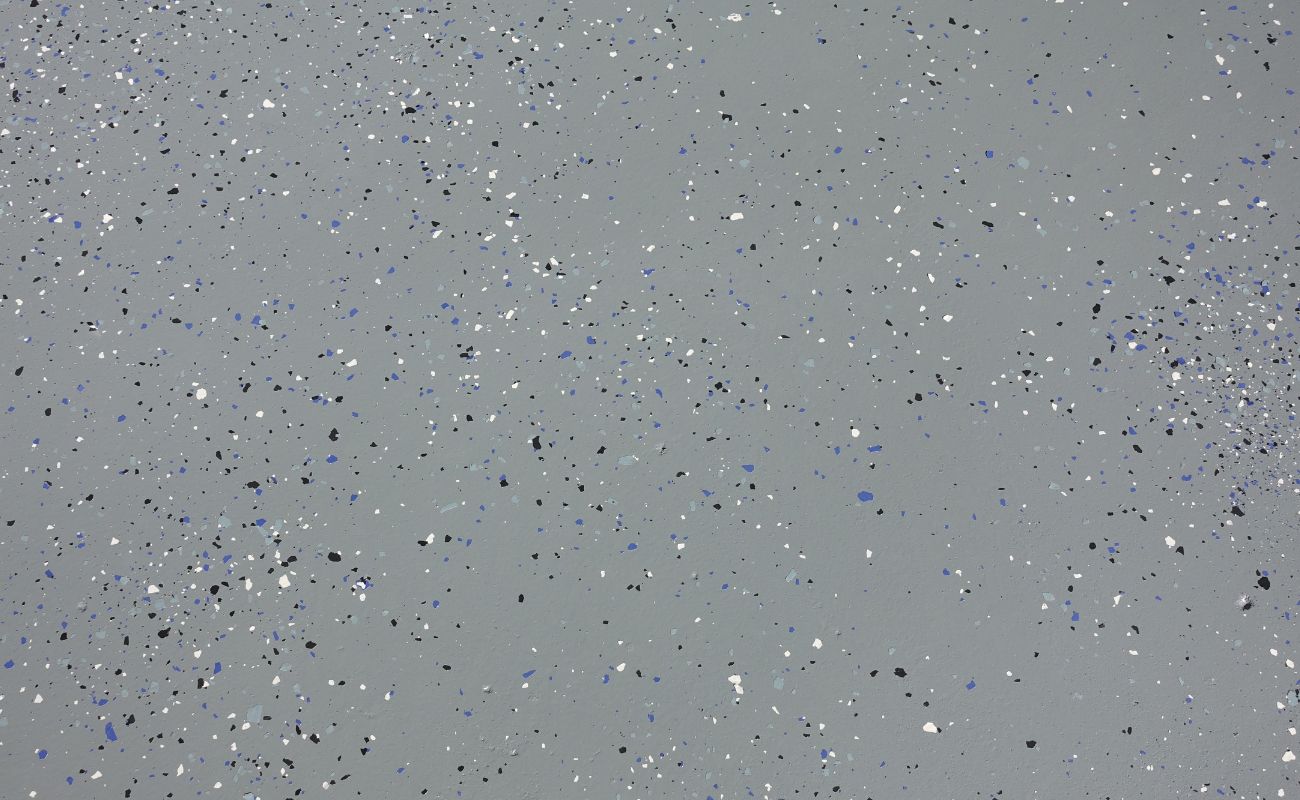
1. Vinyl Flake Epoxy
Vinyl flake epoxy stands out with its unique aesthetic and textural flair. You often see this finish in garages, showrooms, or recreational spaces where you want a burst of color or additional traction.
- Textured Appearance: The colored flakes you broadcast into the epoxy create a striking, speckled design. You can choose subtle tones or bold color contrasts that reflect your personality or brand if you’re applying the floor in a commercial space.
- Improved Slip Resistance: The vinyl flakes add a slightly rough texture, which can help you avoid slips, even in areas that are prone to moisture.
- Easy Maintenance: You can wipe spills away quickly, and dust tends to gather less obviously. If you want a floor that hides debris or minor imperfections, vinyl flake epoxy is an excellent choice.
When picking vinyl flake epoxy, you also enjoy the flexibility of customizing flake size and color density. If you’d like a more uniform look, consider fewer flakes. If you want a dazzling, multi-hued surface, go heavier on the broadcast.
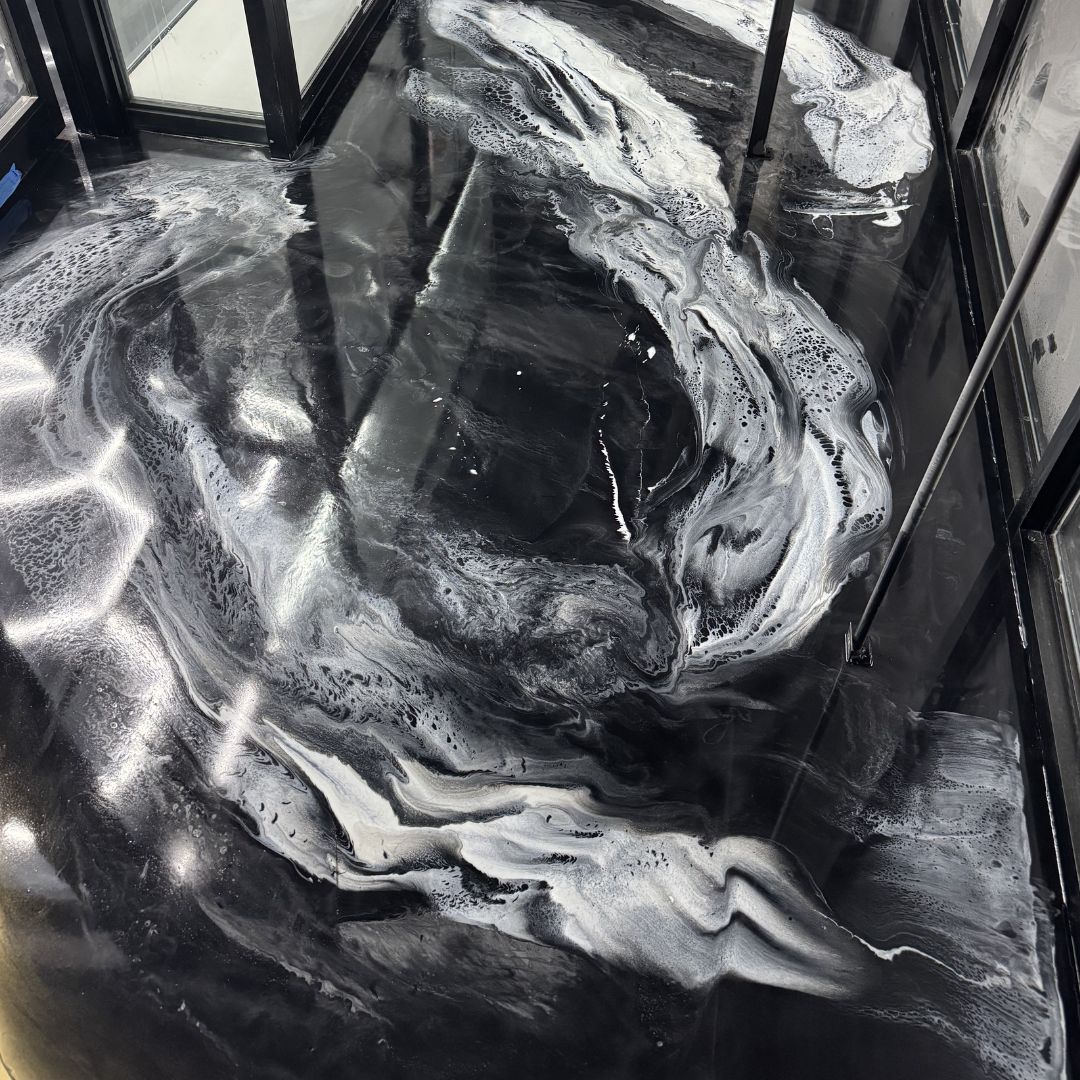
2. Metallic Epoxy
If you crave floors that make a statement, metallic epoxy may be your dream come true. This premium finish blends metallic pigments into the epoxy to create a look reminiscent of swirling marble or polished stone.
- Striking Depth: Metallic epoxy floors create waves and ripples of color that shift under different lighting conditions. You’ll get a one-of-a-kind pattern every time.
- Smooth Surface: The result is typically a glossy, glass-like finish, perfect for modern homes, restaurants, or upscale retail stores where style is front and center.
- Durable Coating: Beyond the beautiful exterior, you still get all the protective benefits epoxy is known for—impact resistance, chemical resistance, and easy cleanup.
Because metallic epoxy floors have such a distinctive appearance, you’ll want to hire someone experienced in this specialty finish. They will know how to manipulate colors and layers to match your desired aesthetic.
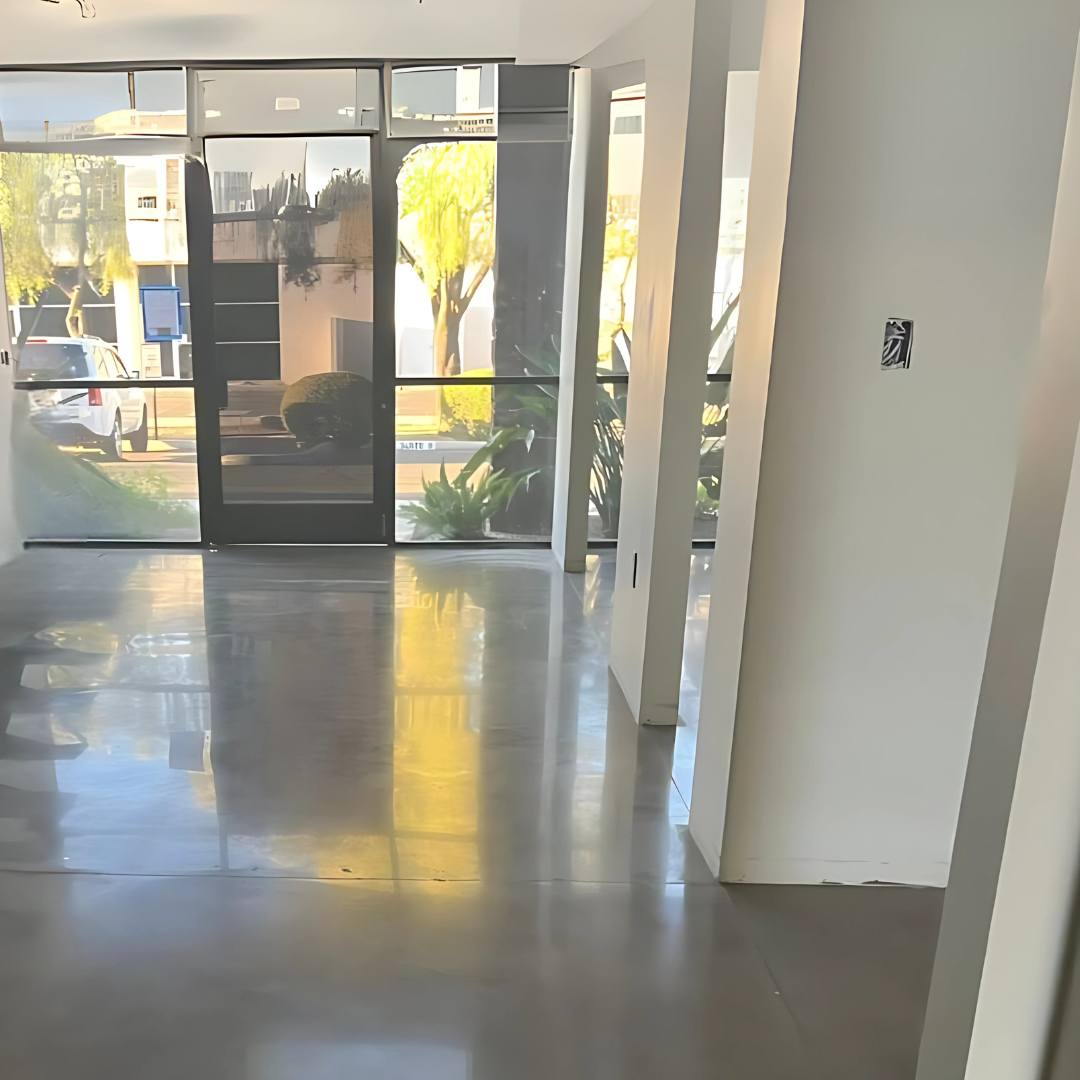
3. Polished Concrete
Although not strictly an epoxy finish, polished concrete often goes hand-in-hand with epoxy discussions because of its clean, glossy look. Polished concrete is an excellent alternative if you want a similar reflective quality but prefer to emphasize the raw beauty of concrete.
- Sleek Minimalism: By grinding and polishing concrete, you reveal its natural patterns and aggregate. You can keep a neutral, industrial vibe or stain it for more color.
- Low Maintenance: Polished concrete resists stains fairly well, and you won’t deal with peels or chips associated with certain coatings.
- Cost-Effective over Time: While initial polishing can be more labor-intensive, you won’t typically need frequent sealants or reapplications, making it a worthwhile choice if you love that industrial-chic style.
One thing to note is that polished concrete can become slippery when wet, so you might opt for anti-slip additives or mats in areas exposed to moisture.
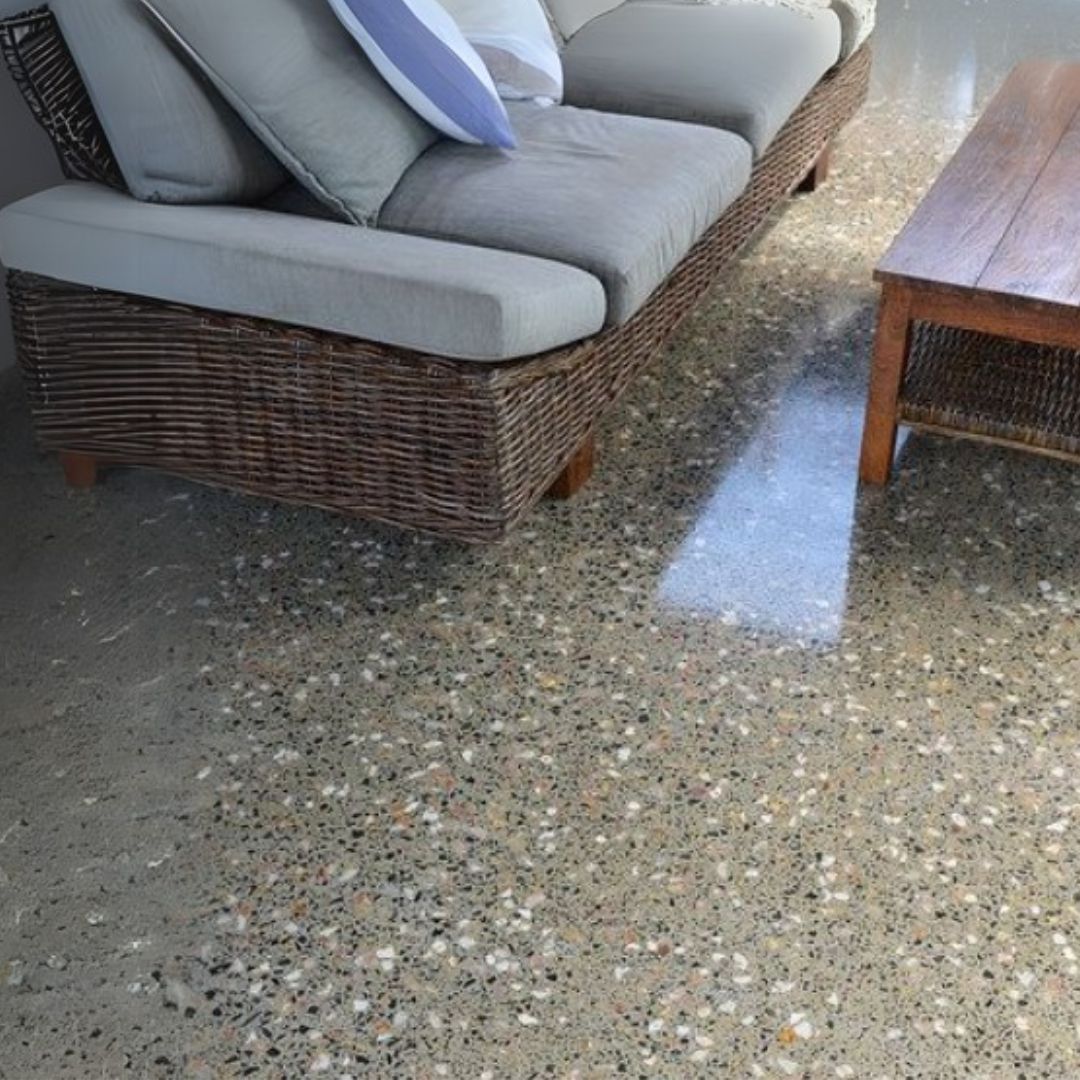
4. Concrete Seal
If you want simpler protection without committing to a full epoxy or specialized finish, a concrete seal can be a middle ground. It’s essentially a transparent film that prevents moisture and chemicals from penetrating the concrete’s surface.
- Budget-Friendly: Sealing concrete is typically cheaper than installing a specialized epoxy coating, though you do sacrifice the more decorative options.
- Barrier Against Stains: A sealed floor won’t soak up spilled liquids as quickly as raw concrete would, and cleanup is straightforward.
- Quick Application: You can apply a sealant rapidly, so it’s convenient if you want a speedy solution.
Keep in mind that a basic concrete seal doesn’t offer the same thickness or impact resistance you’d get from epoxy or polyurethane-based coatings. Still, it’s a practical route for spaces that just need light protection.
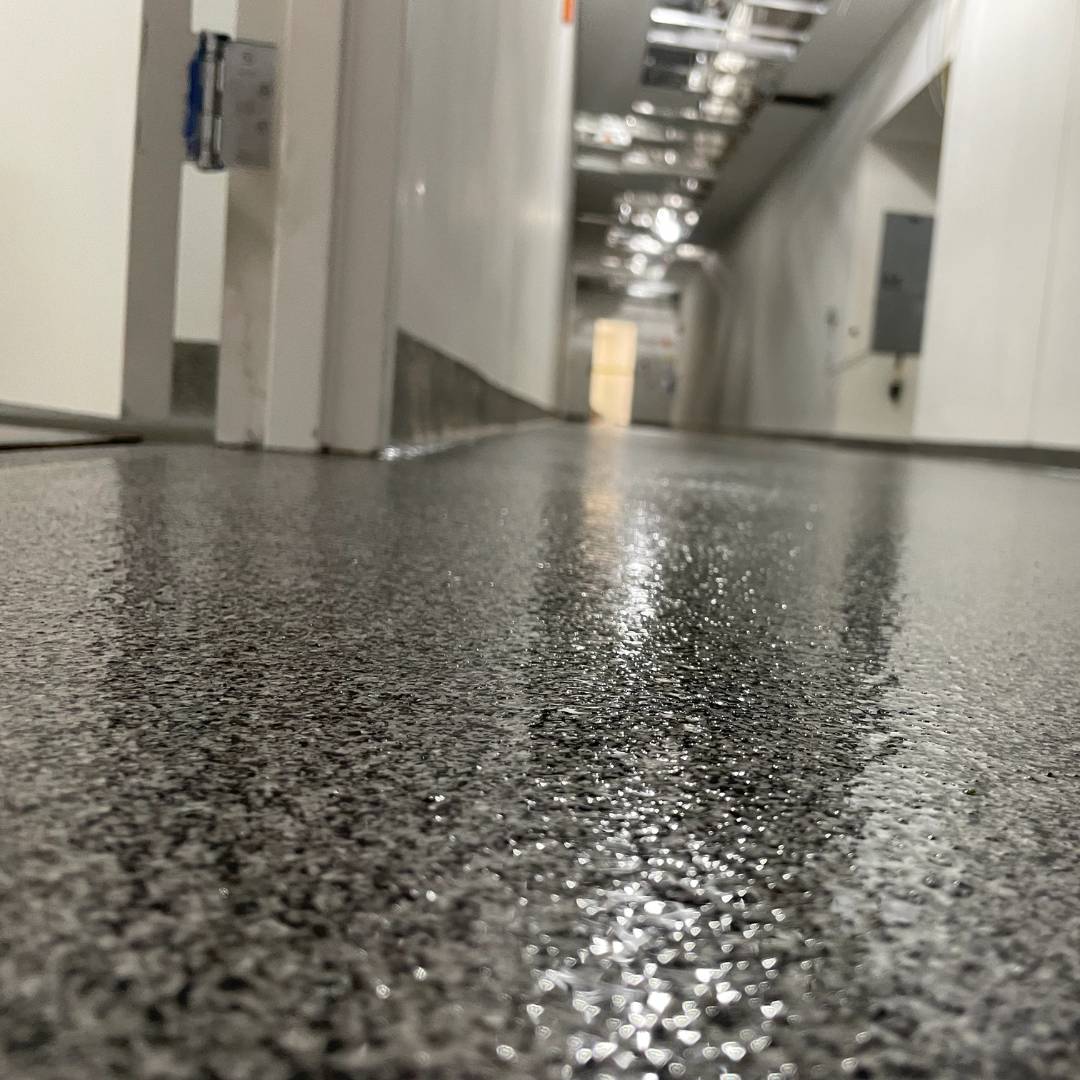
5. Polyaspartic Flooring
Polyaspartic coatings are a popular choice if you have to factor in temperature extremes or need a quick turnaround. This finish is often used in industrial settings but has gained popularity for residential garages and high-traffic areas.
- Fast Curing: You won’t have to wait days before walking or placing vehicles on your floor. Polyaspartic floors can cure in a matter of hours.
- UV Resistance: Unlike some traditional epoxy coatings that can yellow under sunlight, polyaspartic coatings are more resistant to UV damage.
- Versatile Temperature Range: Even in colder climates, you can still apply polyaspartic coatings effectively, which isn’t always true for standard epoxies.
If you value quick results and long-lasting performance, polyaspartic floors deliver. They can also incorporate vinyl flakes or quartz to improve their look and slip resistance.
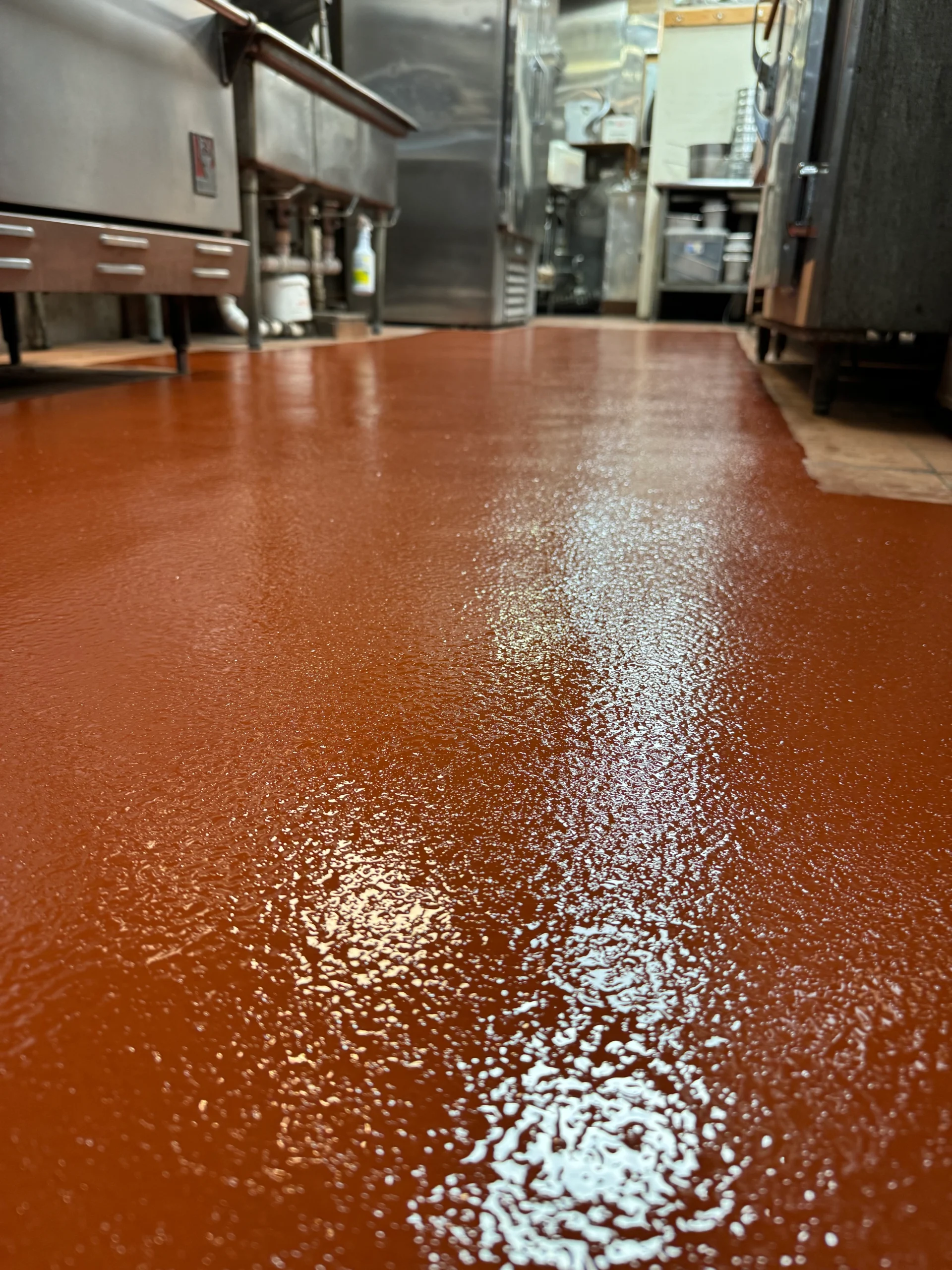
6. Urethane Cement
Urethane cement is a specialty flooring system prized in commercial kitchens, breweries, and other demanding environments. It can also be an excellent choice for your residential space if you need an ultra-tough solution.
- Withstands Thermal Shock: If your floor faces extreme temperature swings—like steam cleaning or freezer conditions—urethane cement holds up exceptionally well.
- Chemical and Impact Resistance: This coating can endure heavy loads, high foot traffic, and exposure to corrosive substances without easily deteriorating.
- Textured Surface: You can tweak urethane cement’s texture to meet your slip-resistance needs. It’s also easy to clean, making it ideal if you need to maintain stringent hygiene.
Though more common in industrial or commercial applications, urethane cement still works wonders for residential projects that require a seriously heavy-duty finish.
7. Metallic Epoxy (Alternate Variation or Revisited)
The repeating mention of metallic epoxy might have caught your attention, and there are indeed alternative ways to manipulate metallic epoxy to achieve different looks. You could use different layering techniques or color blends to create unique effects.
- Layered Pigments: If you want a deeper, more subtle design, some installers use two or three pigment shades layered at different times. This method can yield a floor with amplified 3D illusions.
- Artistic Accents: By strategically dragging brushes or adding certain solvents on top of wet epoxy, you can produce dramatic lines or even “vein-like” effects.
- Branding Opportunities: If you run a commercial space, you can embed logos or text beneath the transparent layers for an eye-catching custom design.
Even if you choose metallic epoxy for more than one area of your home or business, each application can look distinct. Every layer of metallic epoxy is a form of artwork, so the final outcome never feels mass-produced.
Your Epoxy Adventure Awaits
By now, you’ve seen why epoxy floors are not just a trend but a reliable solution that merges easy maintenance, durability, and modern style. You’re also aware there’s a wide range of finishes—vinyl flake epoxy, metallic epoxy, polished concrete, concrete seal, polyaspartic flooring, urethane cement, and variations of metallic epoxy—that let you personalize the exact aesthetic and strength you desire.
Upgrading your floors is more than a surface-level improvement; it reshapes how you experience your space daily. A sturdy, slip-resistant surface might give you peace of mind when you’re hosting gatherings or working on vehicles. Perhaps a metallic epoxy’s elegant sheen inspires you each morning when you step into a freshly polished area. Or maybe you love the efficient practicality of a polyaspartic floor that’s ready for action in almost no time.
When you invest in epoxy flooring, you’re prioritizing both form and function. You minimize time spent on constant repairs or reapplications while enjoying a clean and elevated look underfoot. Ultimately, choosing the right epoxy type sets the tone for the entire environment—be it an industrial workshop, a sleek retail boutique, or your own comfortable home.
You now have a detailed roadmap of the best types of epoxy flooring. All that’s left is to select the finish that complements your preferences and suits your practical needs. Once your epoxy flooring is in place, get ready to appreciate a surface that supports your lifestyle and reflects your personal style. No more dull, lifeless floors—just a radiant, resilient foundation that you’ll love for years to come.


